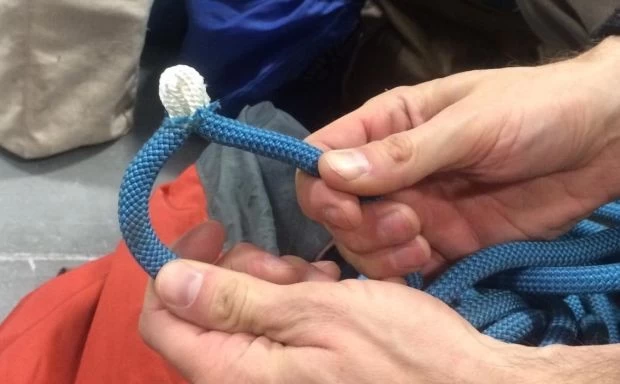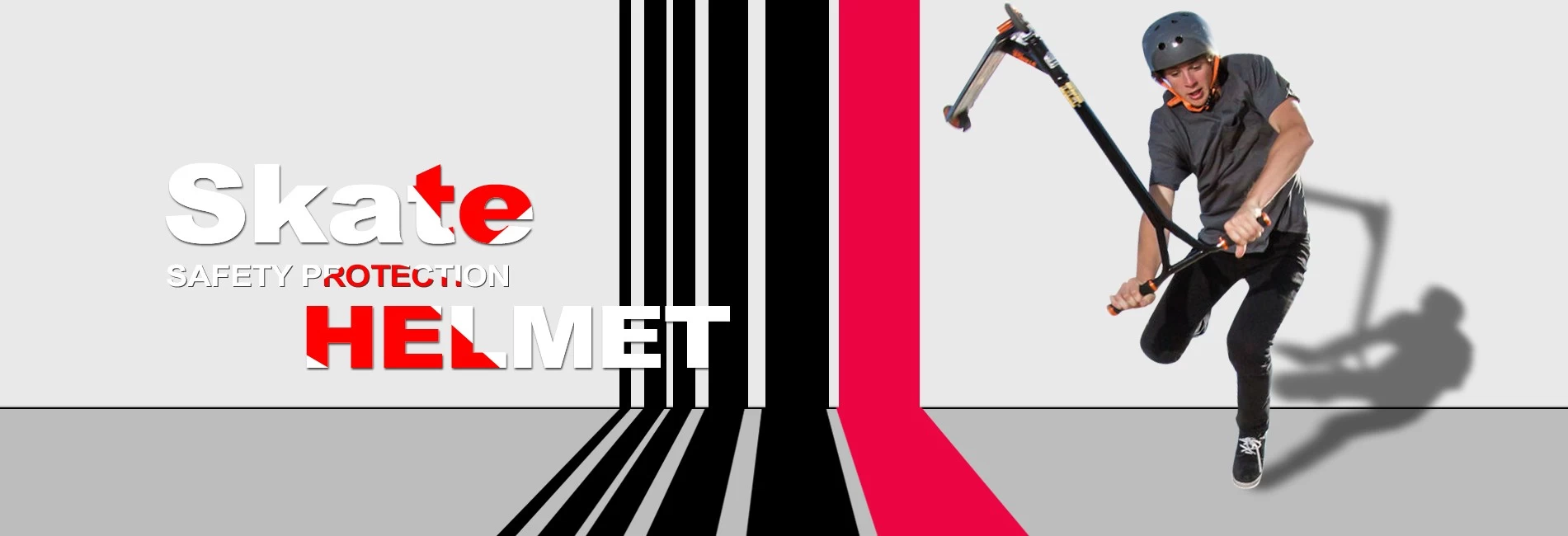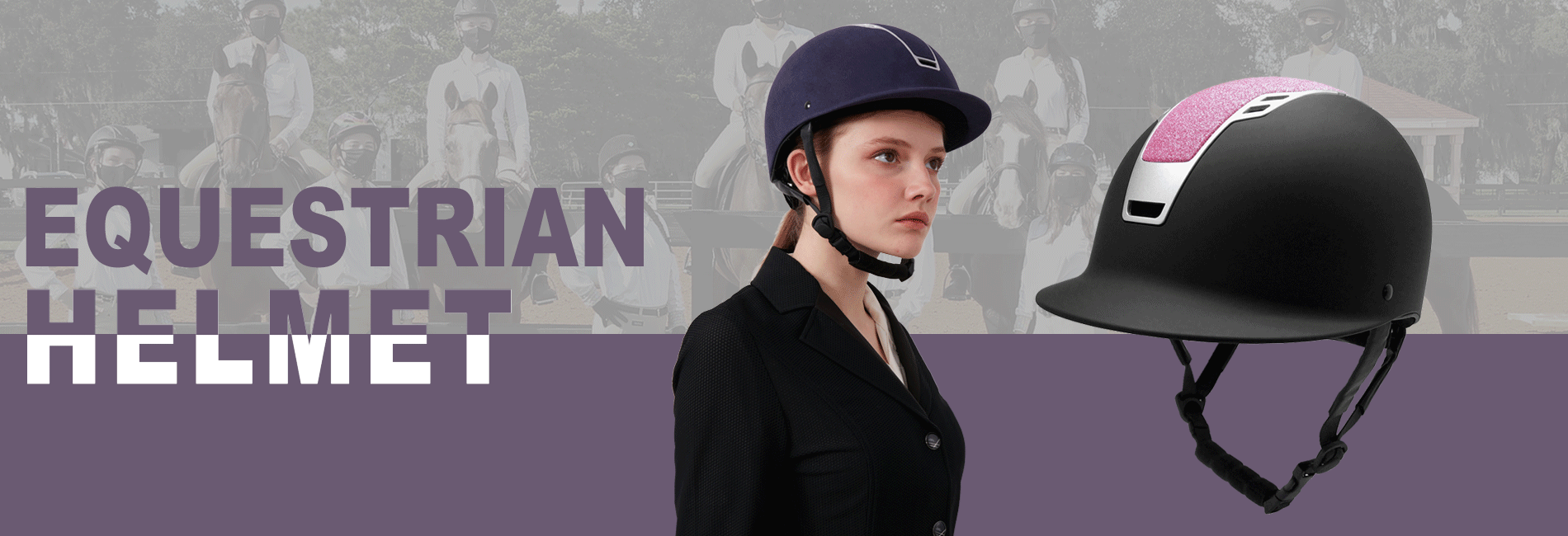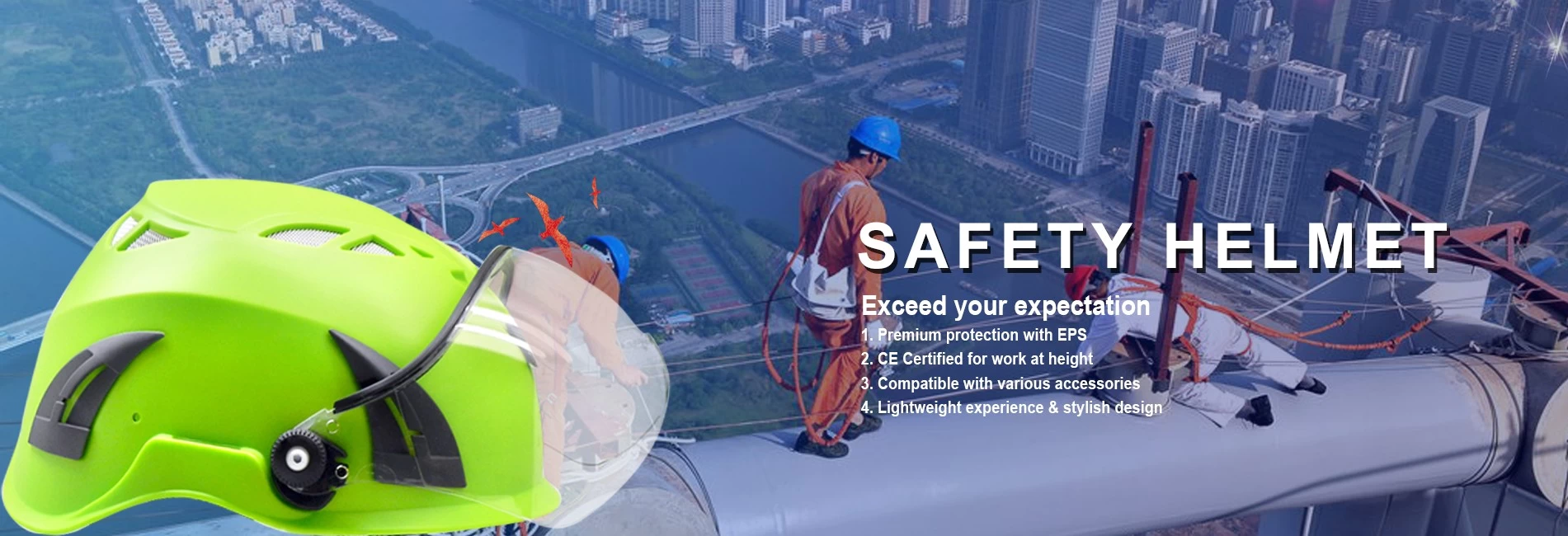Burned at the Anchor
I was belaying my friend at the gym. As he was nearing the top of the wall, another climber headed up a neighboring route. My friend clipped the chains and lowered. While he was on the ground untying, the other climber clipped the same chains and lowered, while my rope was still threaded through the anchor. Fifty feet of his rope rubbed across one point of my rope, a new 9.8 on only it's third day in use. When we pulled it we found a dime-sized hole burned through the sheath with some damage to the core strands. The climber who lowered over my rope had over 20 years of experience, as did his belayer. They both claimed they didn't know this kind of rope-on-rope friction could cause damage. Fortunately, he bought me a new rope to replace it.

LESSON: This is a good reminder to stay humble, no matter how long you've been climbing. There's always more to learn, and you can always make mistakes. Ropes and slings are generally made of nylon or dyneema. While these materials are very strong for climbing applications, they can melt. You know how you can get rope burn on your skin? The same thing happens when a climbing rope rubs across any other surface. This is why we run the rope through carabiners in a climbing anchor instead of directly through a cordelette or slings. The friction would cut them quickly. A good rule of thumb is to use hard goods (carabiners, rappel rings) in between your soft goods (ropes, slings). What's more, the high quality climbing helmet is also very very important when you take this activity.









